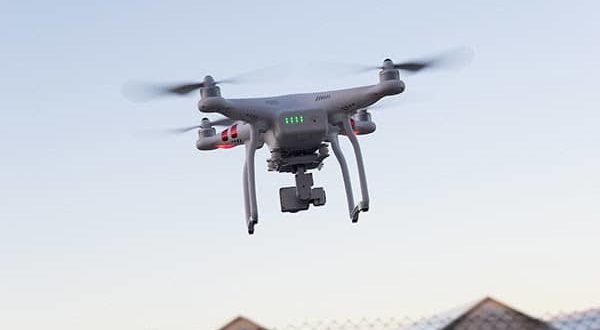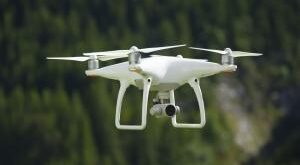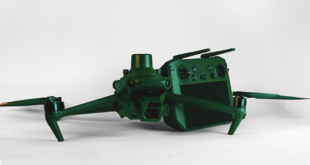The Association for Unmanned Vehicles Systems International (AUVSI) and Airports Council International-North America (ACI-NA) have formed a Blue Ribbon Task Force on Unmanned Aircraft System (UAS) Mitigation at Airports.
The Task Force brings together a cross-section of officials representing the airport, UAS, and manned aviation communities to refine procedural practices and provide a policy framework to address the issue of incursions by unauthorized UAS at airports and how best to mitigate this threat.
“UAS interfering with manned aviation is a serious issue, and it requires serious solutions. That is why we are bringing together the best and brightest minds to recommend a plan to keep our skies safe for the flying public,” said Brian Wynne, president and CEO of AUVSI. “While UAS hold tremendous societal and economic benefits, occasional bad actors threaten to undermine the great progress we have made and even put responsible, legal UAS operations in a negative light.”
Serious concerns regarding unauthorized and unsafe drone operations near airports have been highlighted by the major disruption at London Gatwick Airport in December 2018 and Newark Liberty International Airport in January 2019.
Task Force members will examine and develop recommendations around two main areas. First, they will generate expert-led dialogue to refine procedural practices for airports, law enforcement, and other stakeholders to ensure efficient and seamless responses to future UAS incidents. Second, they will develop a longer-term policy framework based on the experience from the initial efforts to deter incursions and emerging technologies.
The goal is for this work to lead to and inform future conversations about UAS mitigation at other facilities, such as national landmarks, stadiums, prisons and military bases, officials noted.
“One of ACI-NA’s highest priorities is ensuring unauthorized and unsafe drone operations do not adversely affect the safety or security of U.S. and Canadian airports,” said Kevin Burke, president and CEO of ACI-NA. “With more and more drones flying in the airspace, we have found ourselves in a new situation with no clear playbook. By bringing together this exceptional group of experts, we are hopeful we can make significant progress in developing best practices that will help airports respond better.”
The Blue Ribbon Task Force will be comprised of former government officials, security professionals and aviation executives, including: Michael Huerta, Former FAA Administrator (Co-Chair); Deborah Flint, CEO, Los Angeles World Airports (Co-Chair); Scott Brockman, President and Chief Executive Officer, Memphis-Shelby County Airport Authority; Rich Davis, Former Managing Director of Global Security, United Airlines; Trish Gilbert, Executive Vice President, National Air Traffic Controllers Association; Cathy Lanier, Senior Vice President of Security, National Football League; Huntley A. Lawrence, Director of Aviation, Port Authority of New York and New Jersey; Chad Makovsky, EVP of Operations, Dallas Fort Worth International Airport; Marily Mora, President/CEO of the Reno Tahoe Airport Authority; John Pistole, Former Administrator, Transportation Security Administration, and Former Deputy Director, Federal Bureau of Investigation; and Jamie Rhee, Commissioner, Chicago Department of Aviation.
As part of its work, the Task Force will meet with experts in UAS technology, national security and defense, law enforcement, government, and those working in the National Air Space, including UAS operators, commercial and general aviation pilots, air traffic controllers, and airline and airport leadership. The Task Force will solicit comments on its website from the public and will explore holding a limited series of in-person and virtual public meetings on UAS mitigation. It anticipates releasing findings over the summer.
“The industry is working with our government partners on remote identification and tracking standards, but we understand that more needs to be done and at a faster pace than the regulatory process allows,” Wynne said. “That’s why the industry is stepping up to explore near-term solutions before remote ID regulations are finalized and published.”
 Unmanned Aerial Vehicle The latest drone news
Unmanned Aerial Vehicle The latest drone news






